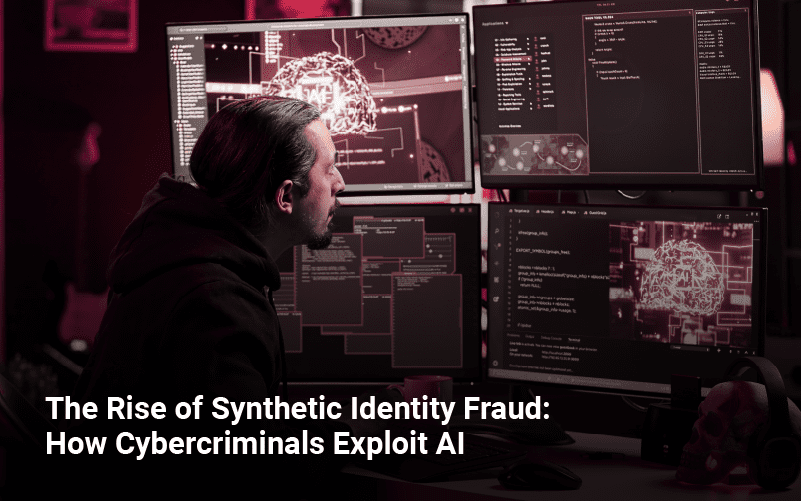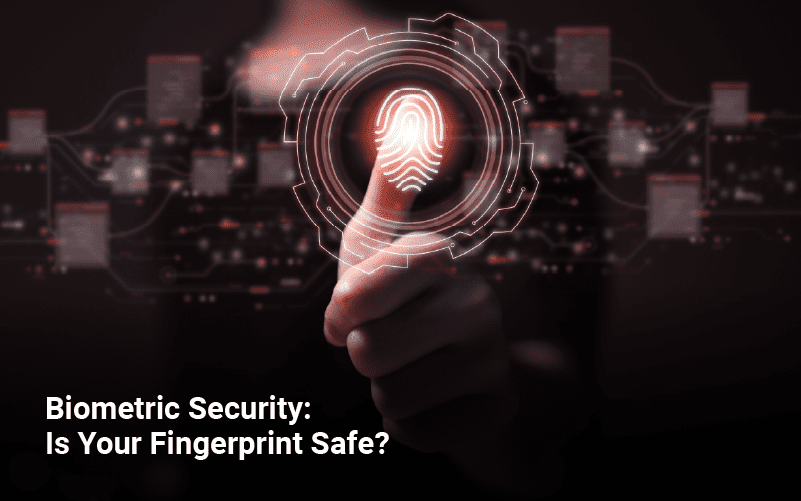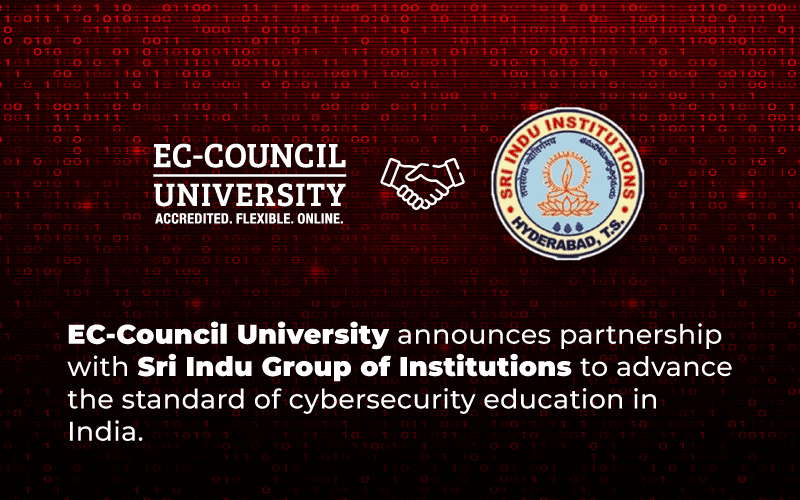With technological advancements, cybercriminals continue to refine their tactics. One of the most alarming emerging threats in cybersecurity is Synthetic Identity Fraud (SIF), a sophisticated form of fraud that involves the creation of false identities by combining real and fabricated information. Unlike traditional identity theft, which relies on stealing an individual’s personal data, synthetic identity fraud leverages artificial intelligence (AI) and machine learning (ML) to generate an entirely new, seemingly legitimate identity. This growing cyber threat is becoming a preferred method for fraudsters due to its ability to bypass conventional security measures, making detection increasingly challenging for financial institutions, businesses, and law enforcement agencies.
According to a report by the Federal Reserve, synthetic identity fraud has become the most rapidly expanding financial crime in the United States, contributing to the estimated total direct annual financial losses to the government, which range between $233 billion and $521 billion, based on data from fiscal years 2018 through 2022, as estimated by the GAO (GAO. 2024). This illustrates the scale and severity of this cybercrime.
What is Synthetic Identity Fraud?
Synthetic identity fraud occurs when cybercriminals create fake identities by combining real personal information, such as Social Security numbers, addresses, or phone numbers, with fictitious details. These fraudulent identities are then used to open bank accounts, obtain loans, apply for credit cards, or commit financial fraud.
Unlike traditional identity theft, where criminals steal and misuse an individual’s full identity, synthetic identity fraud allows fraudsters to build a credit history and establish credibility over time slowly. This enables them to make larger financial transactions before defaulting and disappearing, causing significant financial losses to businesses and financial institutions.
The Role of AI in Synthetic Identity Fraud
Cybercriminals are increasingly turning to AI and machine learning to create synthetic identities that appear legitimate and difficult to detect. Here’s how AI is fueling this cyber threat:
- AI-Generated Faces and Identities: Fraudsters use deepfake technology and AI-generated profile pictures to create fake identities that look real. This makes it harder for companies to use facial recognition and ID verification to detect fraud.
- Automated Data Harvesting: AI-powered bots scrape personal data from social media, data breaches, and the dark web to create synthetic profiles that blend real and fake information.
- Machine Learning in Credit Building: AI-driven techniques help fraudsters strategically build fake credit histories by mimicking normal financial behavior. This allows them to increase their credit limits before executing large-scale fraud.
- AI-Driven Social Engineering: AI chatbots and deepfake voice technology enable cybercriminals to deceive financial institutions into verifying synthetic identities over phone or video calls.
The Impact of Synthetic Identity Fraud
Synthetic identity fraud has far-reaching and costly consequences, affecting financial institutions, businesses, and consumers alike. The GAO estimates that fraud results in total direct annual financial losses to the federal government ranging from $233 billion to $521 billion, based on data from the year 2018 through 2022 (GAO. 2024). Financial institutions face significant charge-offs due to fraudulent accounts that default on loans and credit lines.
Businesses that fail to detect synthetic identities may encounter regulatory and compliance risks, including penalties for non-compliance with Know Your Customer (KYC) and Anti-Money Laundering (AML) laws. Beyond financial and legal repercussions, companies targeted by synthetic identity fraud risk severe reputational damage, potentially losing consumer trust and experiencing reduced customer retention. To combat this growing threat, organizations must continuously invest in advanced fraud detection tools and AI-driven cybersecurity solutions, increasing their cybersecurity costs but ensuring long-term protection against evolving fraudulent tactics.
How to Prevent Synthetic Identity Fraud
Given the increasing sophistication of synthetic identity fraud, businesses and individuals must adopt proactive strategies to mitigate risks. Here are some best practices to help prevent SIF:
1. Implement AI-Powered Fraud Detection Systems:
- Financial institutions and businesses should leverage AI-driven fraud detection solutions that analyze patterns, behaviors, and inconsistencies in customer data.
2. Enhance Identity Verification Processes:
- Using biometric authentication, multi-factor authentication (MFA), and behavioral analytics can help verify genuine users and flag suspicious identities.
3. Strengthen Know Your Customer (KYC) Procedures:
- Enhanced KYC measures, including cross-referencing details and document verification, can make it more difficult for synthetic identities to bypass security checks.
4. Monitor Unusual Financial Activity:
- AI and ML-based monitoring systems can detect anomalies in credit-building patterns and financial transactions that may indicate synthetic identity fraud.
5. Collaboration Between Financial Institutions:
- Banks and financial institutions should share fraud intelligence and collaborate with regulatory bodies to identify emerging trends and prevent large-scale synthetic fraud operations.
The Role of EC-Council University in Combating Synthetic Identity Fraud
With the rapid evolution of AI-driven cyber threats, cybersecurity professionals must be equipped with the latest skills and knowledge to combat emerging risks like synthetic identity fraud. EC-Council University offers specialized cybersecurity degree programs, such as the Bachelor and Master of Science in Cybersecurity, designed to prepare students for real-world cybersecurity challenges.
- Industry-Recognized Certifications: Our programs incorporate certifications like the Certified Ethical Hacker (CEH) and Certified Network Defender (CND), providing students with practical skills to detect and mitigate fraud.
- AI & Cybercrime Courses: Students gain expertise in AI’s role in cybersecurity, learning how AI is used both defensively and offensively in cybercrime.
- Hands-On Training: Through the iLabs platform, students engage in hands-on training that simulates real cyber threats, including fraud detection and digital forensics.
- Flexible Online Learning: As a 100% online university, we provide working professionals with the flexibility to upskill while balancing their careers.
By staying vigilant and leveraging the power of AI for good, organizations can protect themselves from synthetic identity fraud and ensure a safer digital future. EC-Council University plays a crucial role in this effort, equipping cybersecurity professionals with the skills needed to tackle AI-driven threats and secure the future of digital identity protection.
References:
- GAO U.S. Government Accountability Office. (April, 2024). FRAUD RISK MANAGEMENT. schrome-extension://efaidnbmnnnibpcajpcglclefindmkaj/https://www.gao.gov/assets/gao-24-105833-highlights.pdf








